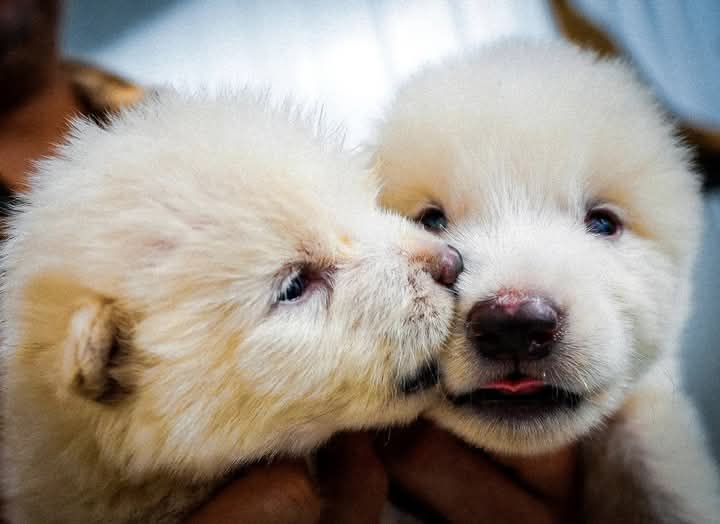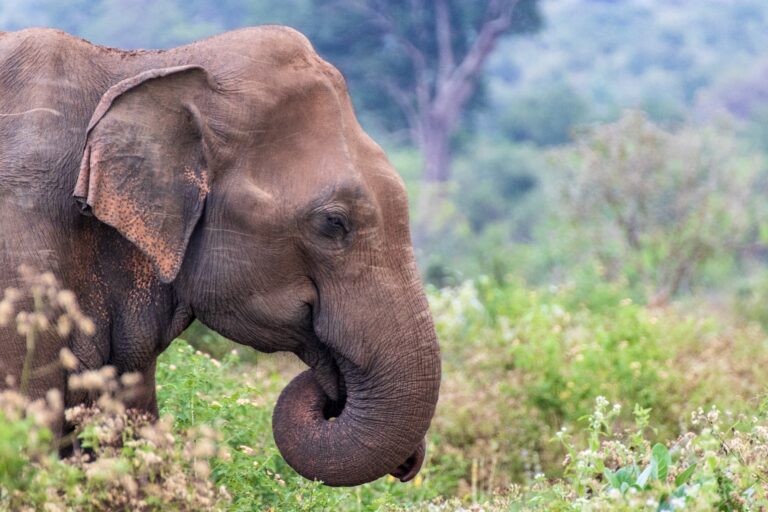In an astonishing scientific milestone, Colossal Biosciences has officially announced the birth of three genetically-engineered wolves — Romulus, Remus, and Khaleesi. Dubbed as the world’s first revived dire wolves, these majestic creatures mark the beginning of what could be a new era in de-extinction science.
Ancient Predator, Modern DNA
Dire wolves, which last roamed the Earth over 10,000 years ago, have long been part of both paleontological legend and pop culture. Thanks to advancements in genetic engineering and CRISPR technology, scientists at Colossal extracted DNA from two ancient fossils — one a 13,000-year-old tooth and another a 72,000-year-old ear bone. These fragments provided the blueprint to engineer gray wolf embryos with modified genes to mimic dire wolf traits.
The results? Wolves with larger bodies, wider skulls, and even distinctive white fur, housed safely in a 2,000-acre preserve.
Are They Really Dire Wolves?
Not everyone is convinced. Experts like Dr. Nic Rawlence argue that calling them “true” dire wolves is misleading. While the pups may look the part, genetically, they are still modified gray wolves — not exact replicas of their prehistoric ancestors. The dire wolf diverged from the gray wolf millions of years ago, making a complete genetic recreation highly unlikely.
Ethics, Ecology, and the ‘What Ifs’
This achievement brings up big questions:
- Should we bring back extinct species?
- What happens if they’re released into the wild?
- Are we ready to deal with the ecological consequences?
Critics warn of unforeseen dangers, drawing comparisons to Jurassic Park scenarios — fascinating, but potentially disastrous.
Pop Culture & Celebrity Involvement
Adding flair to the story, Colossal’s project has drawn attention from celebrities. NFL star Tom Brady and golfer Tiger Woods are investors, and Game of Thrones stars (where dire wolves became iconic) have also thrown their support behind the effort.
What’s Next?
With dire wolves now walking the Earth again — even if partially — Colossal isn’t stopping there. Their next de-extinction targets include the woolly mammoth, Tasmanian tiger, and even the dodo.
As we witness history being rewritten in DNA, the big question remains: are we playing God, or restoring balance?
What are your thoughts on de-extinction? Is it a scientific marvel or a risky road? Drop a comment below!

















